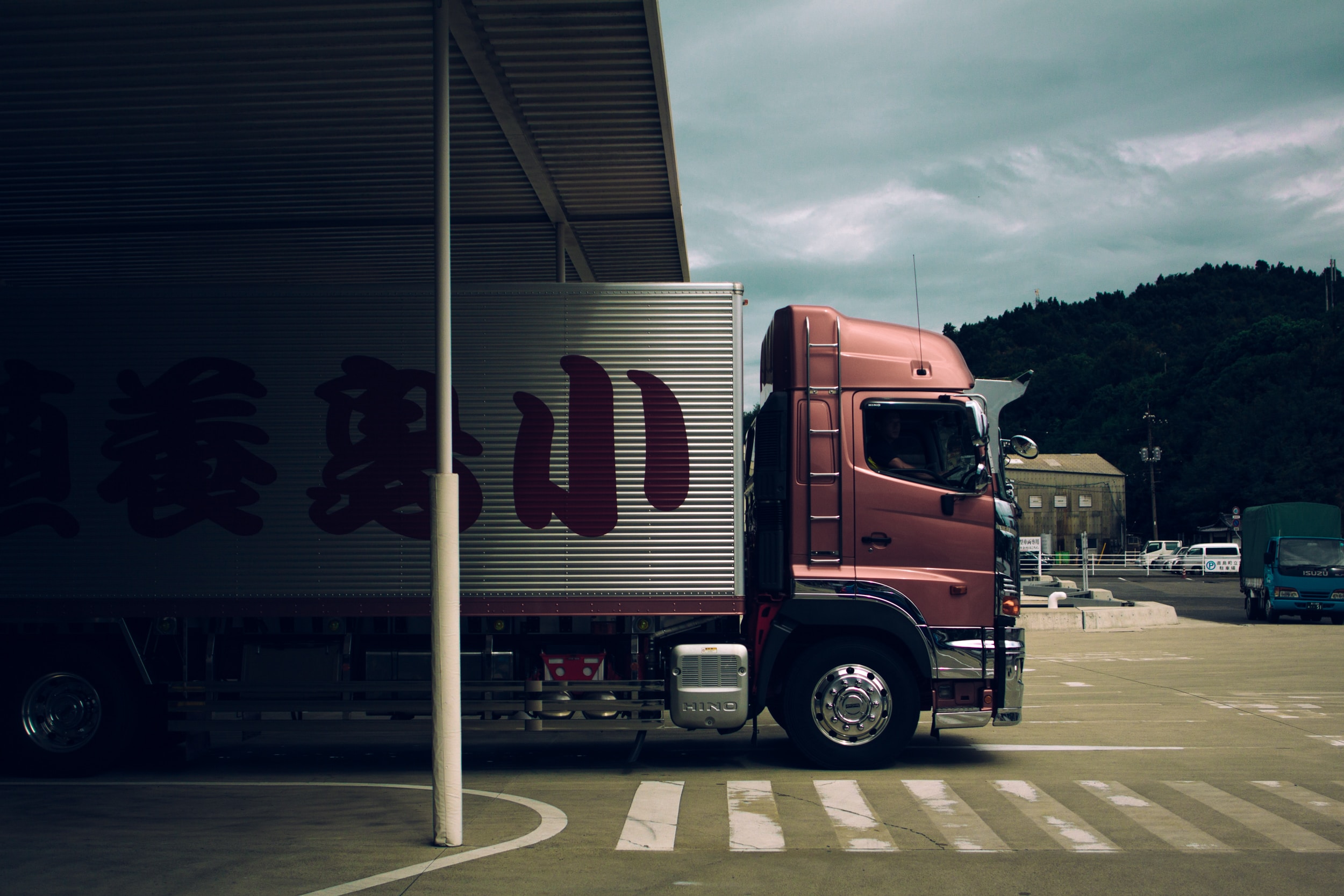In order to answer your request, we are obligated to process the data given above. Sometimes, however, we would like to use them for slightly different purposes, such as statistical data or informing you about our new products and services.We promise that we will use the given information for communication purposes only. We also remind you that you can unsubscribe from our mailing at any time (see Privacy Policy).
Pretending that returns do not exist is certainly not the best strategy; moreover, a well-organized returns process can speed up your operation and create a huge competitive advantage for your business. If done in a fast, smart, and inexpensive way, it can boost your sales and attract new customers. As we know, one of the main concerns which prevent people from buying online is the risk that the product will not be as expected, and it will be difficult to send it back.
Global ecommerce is seeing huge growth, especially in categories such as fitness equipment, household (+652% YoY for bread machines!), packaged food, and dog food (worldwide data). On top of this, we are observing a lot of new trends that are increasing those numbers even more, such as drone deliveries and AI development, which means customers have nothing to do but… buy.
As mentioned above, with high sales, the potential of the product coming back to its original warehouse is also higher. The segment of the industry named reverse logistics has to keep up with the growth of online shopping. Research shows that a minimum of 20% of purchases should be treated as future returns (compared to less than 10% for traditional stores). Reuters reported that UPS estimated that it had processed 1.9 million Christmas returns for US retailers on National Returns Day 2020, equating to a 26% year-over-year increase.
With this in mind, it is impossible to compete in the market, build customer loyalty and satisfaction without providing a friendly returns policy. One way retailers are making their returns processes more appealing is through omnichannel returns.
What else can help? Here are some insights gained from the market and experienced retailers that have helped them to manage their returns successfully.
Technology in hand
It’s crucial to have everything under control, synchronize the entire process, eliminate errors, and avoid wasting time and money on a long process.
This can’t be done manually, so it’s best to use software and a platform that helps you keep a real-time inventory and enables order management. One huge advantage is that you can re-sell the product sooner, by updating your stock level shortly after receiving information about the return.
The right packaging
Returns only make sense when the product can be re-sold. If you receive an item that is damaged, you are exposed to an unpleasant situation where your original customer is not happy being charged for the product, or you are not able to put it on the virtual shelf. Another thing that can support the process is automatic return label printing, so customers do not have to worry about sending it safely.
On-time monitoring
The flow of information is crucial, and this is also related to bullet point no. 1 – supporting technology. Monitoring the timing and phases of the process means the ability to verify if the time required for the return has been kept and whether the package has been delivered to the right place. Keeping all the correct departments in your company updated with the status is also very helpful, so the process runs ‘smart and smooth’.
Partnership
You can handle all the returns management personally, but why weigh yourself down with this complicated and risky process, when you can outsource it to a company that specializes in reverse logistics? For example, partnering with 3PLs operating locally in the required area, with their efficient warehouse and advanced system, will ensure your returns aren’t a pain in the neck and will allow you to focus on growing your sales and expanding your business. Another idea is to collaborate with companies offering points of sale, or lockers that accept returns. This solution is much more effective than courier companies, as they can handle more parcels at the same time.
Note: Special attention to reverse logistics is important during periods of heavy shopping traffic - in a word, High Season (Black Friday, Cyber Monday, and Christmas). Download our "How to prepare your e-commerce logistics for high season" ebook - and see if you know how to smartly plan reverse logistics management and how to smoothly handle the rest of your logistical challenges!






